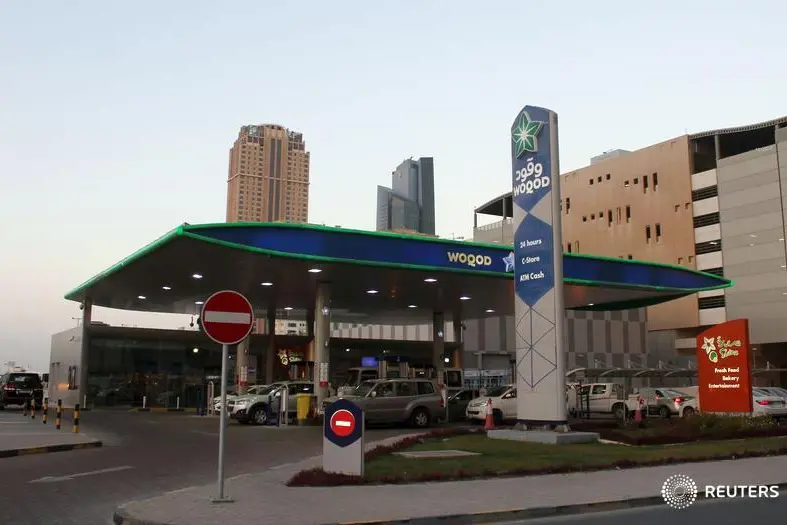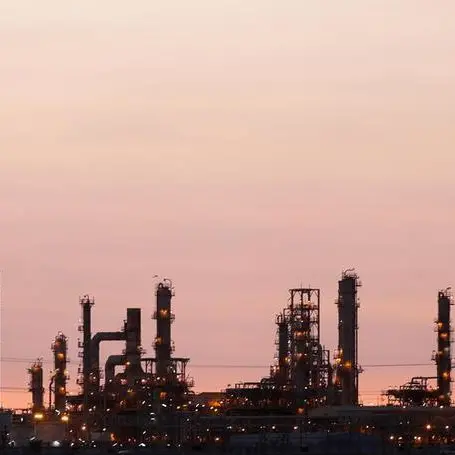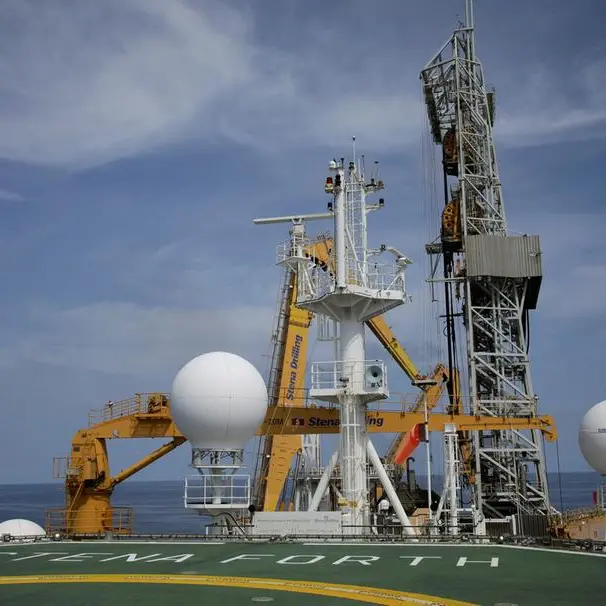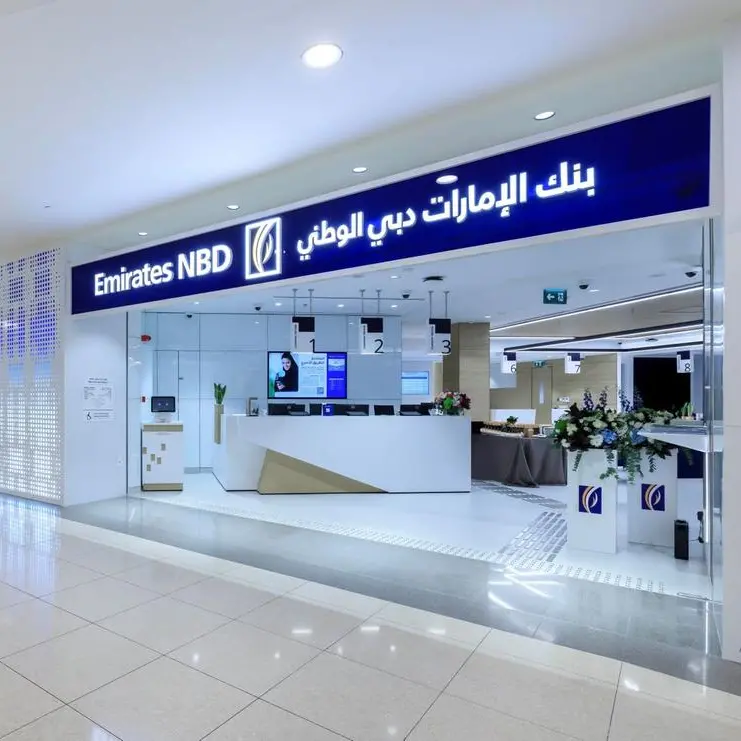PHOTO
08 August 2016
DOHA: The GCC countries should be wary and aware of the impact of oil price plunge on their respective banking systems. Citing empirical data, a latest IMF document has asserted that the actual and projected declines in oil prices and slowing GDP growth could lead to an increase in nonperforming loan (NPL) ratio.
There are strong chances of increasing NPL ratios when economic growth falters. Macroeconomic conditions are relatively more important than banks' specific factors in explaining NPLs, it said.
Macroeconomic developments are associated with rising NPLs. NPL ratio increases when economic growth falters, the exchange rate weakens, the terms of trade deteriorate and debt-creating capital inflows will decline.
Advers macroeconomic developments are always associated with the rising NPLs.
The documents reminds how GCC banks' NPL ratio increased considerably in 2009 coinciding with a sharp oil price decline.
The outcome of the Fund's study conducted on the performance of 80 banks in the GCC for a period spanning 1995-2008, found that the NPLs ratio rises as economic growth declines and both internet rates and risk aversion increases. A separate study conducted in 2010 revealed a strong, albeit short-lived, feedback effect from weaker bank balance sheet conditions to economic activity, the IMF working paper "On the impact of oil prices on the banking system in the GCC" noted.
The Fund's another empirical analysis that relied on macroeconomic and bank-level data that covered six GCC economies found real oil price growth averaged 17 percent year-on-year during 1999-2011 despite having declined sharply in 2001 and 2009. More recently, it fell increasingly into negative territory, reaching close to -10 percent in 2014.
"There are strong evidences that suggest oil price movement can affect bank balance sheets in a significant way. A drop in the growth rate of oil prices results in a rise in the ratio of NPL to gross loans, a reduction in the real growth rates of bank credit and deposits."
"For instance a 1 percent decline in oil prices leads to a 0.2-0.3 percentage point decline in real credit growth," the document said.
Non-oil private sector real GDP growth jumped in 2004, from around 4 percent year on year on average during the preceding several years to near 20 percent and, despite decelerating, remained above 10 percent through 2008. However, as lower oil prices took their toll on economic activity, the variable's performance fell to below 6 percent in 2014. Stock returns were impressive during the earlier part of the sample period on strong oil price performance. Real equity price growth was close to an average of 40 percent every year during 2001-05.5 However, following a sharp 40 percent drop in 2009, real stocks returns have been more subdued, registering an average of 3 percent decline per year during 2009-15.
Banks with lower asset quality are prone to larger problems; nevertheless, the GCC banks' strong capital buffers, profitability and provisions provide an important source of resilience for the banks.
DOHA: The GCC countries should be wary and aware of the impact of oil price plunge on their respective banking systems. Citing empirical data, a latest IMF document has asserted that the actual and projected declines in oil prices and slowing GDP growth could lead to an increase in nonperforming loan (NPL) ratio.
There are strong chances of increasing NPL ratios when economic growth falters. Macroeconomic conditions are relatively more important than banks' specific factors in explaining NPLs, it said.
Macroeconomic developments are associated with rising NPLs. NPL ratio increases when economic growth falters, the exchange rate weakens, the terms of trade deteriorate and debt-creating capital inflows will decline.
Advers macroeconomic developments are always associated with the rising NPLs.
The documents reminds how GCC banks' NPL ratio increased considerably in 2009 coinciding with a sharp oil price decline.
The outcome of the Fund's study conducted on the performance of 80 banks in the GCC for a period spanning 1995-2008, found that the NPLs ratio rises as economic growth declines and both internet rates and risk aversion increases. A separate study conducted in 2010 revealed a strong, albeit short-lived, feedback effect from weaker bank balance sheet conditions to economic activity, the IMF working paper "On the impact of oil prices on the banking system in the GCC" noted.
The Fund's another empirical analysis that relied on macroeconomic and bank-level data that covered six GCC economies found real oil price growth averaged 17 percent year-on-year during 1999-2011 despite having declined sharply in 2001 and 2009. More recently, it fell increasingly into negative territory, reaching close to -10 percent in 2014.
"There are strong evidences that suggest oil price movement can affect bank balance sheets in a significant way. A drop in the growth rate of oil prices results in a rise in the ratio of NPL to gross loans, a reduction in the real growth rates of bank credit and deposits."
"For instance a 1 percent decline in oil prices leads to a 0.2-0.3 percentage point decline in real credit growth," the document said.
Non-oil private sector real GDP growth jumped in 2004, from around 4 percent year on year on average during the preceding several years to near 20 percent and, despite decelerating, remained above 10 percent through 2008. However, as lower oil prices took their toll on economic activity, the variable's performance fell to below 6 percent in 2014. Stock returns were impressive during the earlier part of the sample period on strong oil price performance. Real equity price growth was close to an average of 40 percent every year during 2001-05.5 However, following a sharp 40 percent drop in 2009, real stocks returns have been more subdued, registering an average of 3 percent decline per year during 2009-15.
Banks with lower asset quality are prone to larger problems; nevertheless, the GCC banks' strong capital buffers, profitability and provisions provide an important source of resilience for the banks.
© The Peninsula 2016























